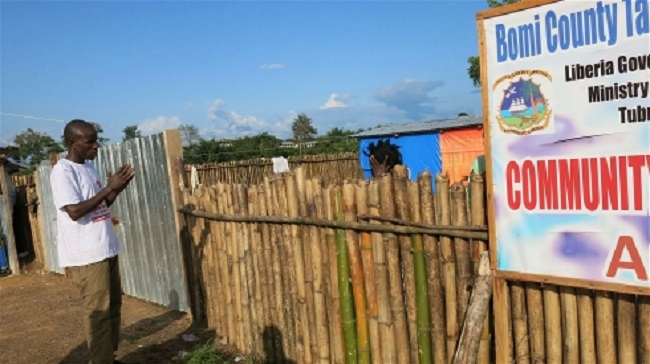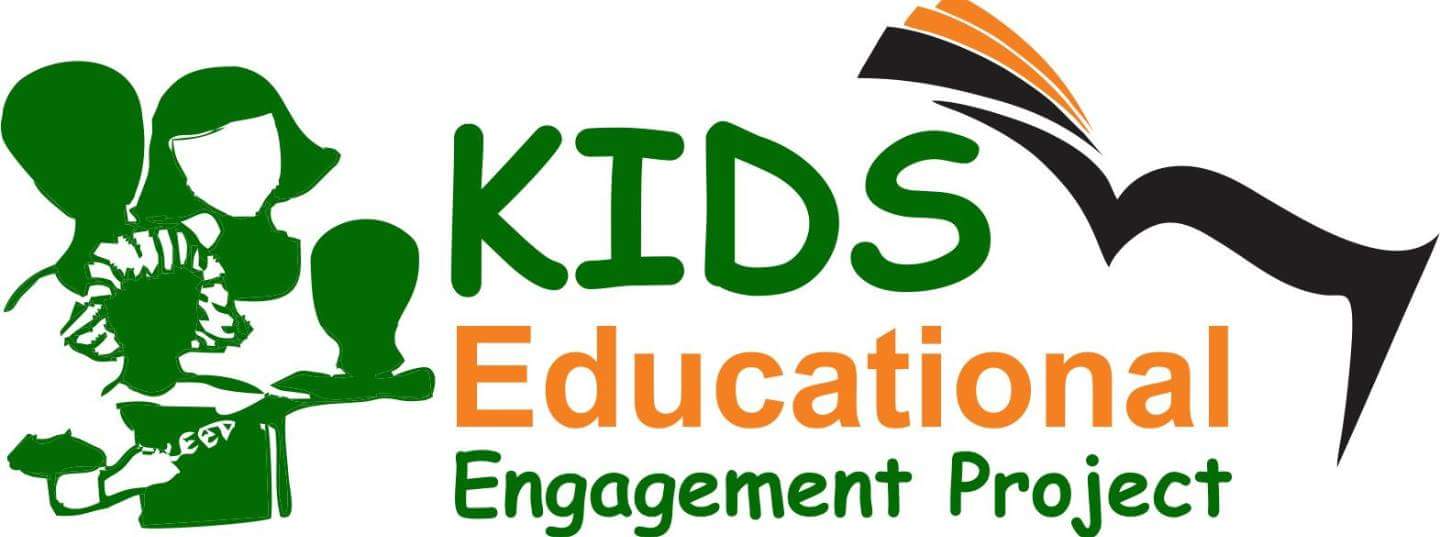It’s not over for Ebola survivors
West Africa’s Ebola outbreak might be winding down, but the struggles facing survivors in Guinea, Liberia and Sierra Leone are far from over.
Beyond psycho-social problems related to stigma and post-traumatic stress disorder, more than half of survivors say they are suffering from debilitating joint pain, headaches, and fatigue. At least 25 percent have experienced some degree of change in vision, with many now close to being blind, according to the World Health Organization (WHO).
“I was cured from Ebola last October, but since then I have been suffering from severe pain in my joints,” 45-year-old Kebeh Jomah, who lives in Monrovia, Liberia told IRIN. “Sometimes it is so serious that I don’t walk around… I hardly visit people anymore. All day I am sitting home crying from joint pain.”
Chris Tuan, 18, said his vision has been getting increasingly worse since he was discharged from an Ebola Treatment Unit (ETU) in Liberia in November.
“I hardly see from a far distance anymore,” he said. “I am gradually losing my eyesight. I am worried. Sometimes I can’t walk alone. Someone has to help me to move around…This is no joke.”
Medical mystery
Doctors and other Ebola specialists say they are still unsure exactly why recovered Ebola patients, months later, are still suffering from these lingering side-effects, which many refer to as “post-Ebola syndrome.” It is also unclear why the symptoms manifest themselves in so many ways in different people and to varying degrees.
“We have very preliminary data – and I will again stress it is very preliminary – that suggests that patients who may have had more severe, acute disease may have more severe chronic disease after the initial recovery,” said Doctor Daniel Bausch, a clinical infection control specialist for WHO.
But while studies from previous outbreaks have shown that the virus can survive in certain parts of the body, where the immune system does not reach, such as the eyes and testes, even for months after recovery, Bausch said nobody knows why patients are experiencing other physical problems, such as headaches and joint pains, in places where the immune system can reach.
“That’s really one of the big knowledge gaps in which we need more research,” Bausch said.
During past outbreaks, the number of people infected was always much smaller and so was the number of survivors, making it difficult to perform studies on a largescale.
Now, there are more than 13,000 survivors across the three most-affected countries, giving experts a chance to have a more comprehensive look at the various long-lasting effects of Ebola.
Even that, however, may be difficult, as the testing requires special biosafety facilities and can sometimes be invasive for the survivor.
“It would be difficult… to really do studies that would measure, for example, cleaning the virus out of the eye, because that requires a relatively complicated procedure of tapping [and] putting a needle in someone’s eye – that’s [something] not too many of you would probably likely to volunteer for,” Bausch explained.
A need for care
Beyond the need to better understand the long-lasting effects of Ebola, the more immediate need for these survivors is care.
“When you say joint pain, it sounds like a minor thing, [but] it can be quite a major thing for many people,” Bausch said, explaining that many people in these three countries rely on farming and other manual labour for their survival, but are now unable to go back to work and provide for their families.
For eye problems, in particular, if the inflammation, which causes vision problems, is left untreated, the person can go completely blind, according to WHO.
There are no known treatments for any of these ailments, however, and trained eye specialists are rare. In Sierra Leone, for example, there are just two ophthalmologists for the entire country.
Doctors say they are currently treating people’s symptoms on a case-to-case basis, using general medications, such as steroid eye drops or arthritis pain relievers.
To reach survivors in other areas of the country, WHO is now working with local governments and organisations in all three countries to create mobile eye clinics, as well as offer other treatment for the various ailments facing survivors.
In Liberia, the country’s first Ebola Survivor Clinic is now operational at the ELWA Hospital on the outskirts of Monrovia. The clinic, which is funded by the US-based charity Serving in Mission (SIM), offers free consultations, care and medications to survivors.
According to Doctor John Fankhauser, the deputy medical director at the ELWA Hospital, they see more than two dozen patients each day.
“We see a lot of muscular problems, people who come in with very severe pains in their hips, in their joints and in their knees,” Fankhauser said.
Many people hope the clinic will finally offer some relief.
“My little baby you see here is an Ebola survivor,” said Morris Kollie, inside the Survivor Clinic.“By the special grace of God, he survived and just turned five [years old] this year. But he continues to complain of severe headaches and pains. We have taken him all over the place, but no cure yet.”
IRIN
Photo: Samwar Fallah/IRIN


